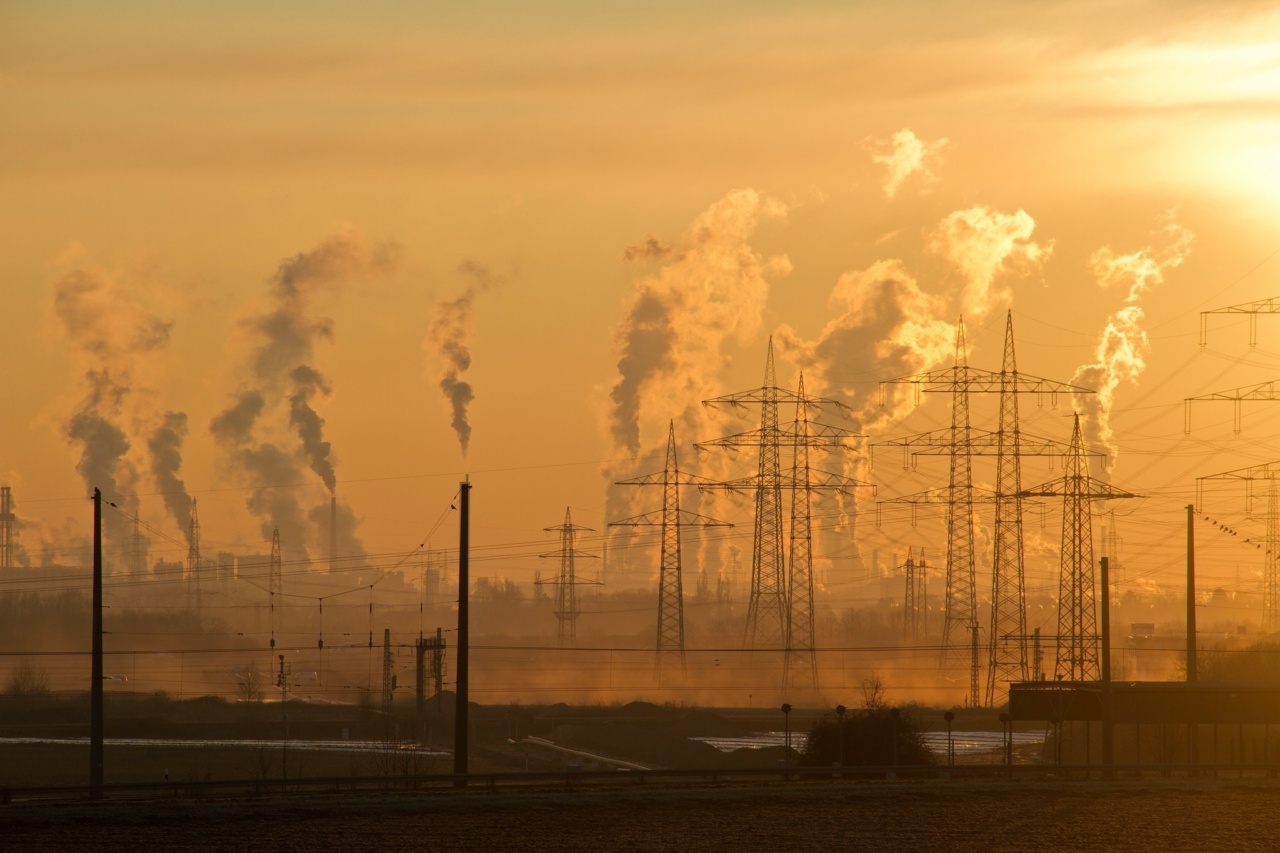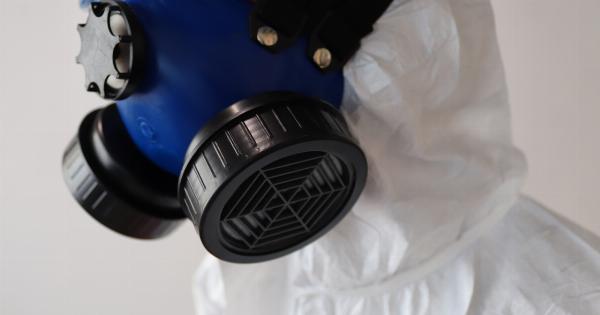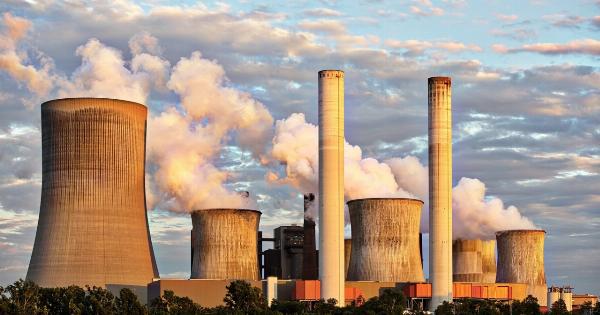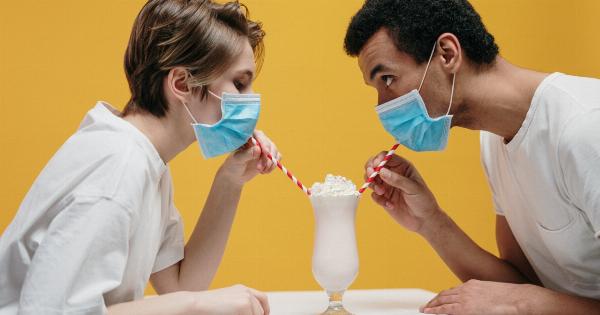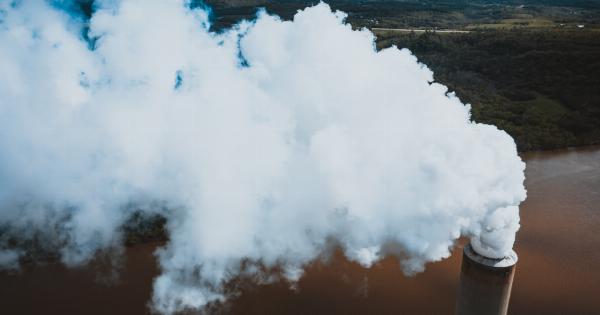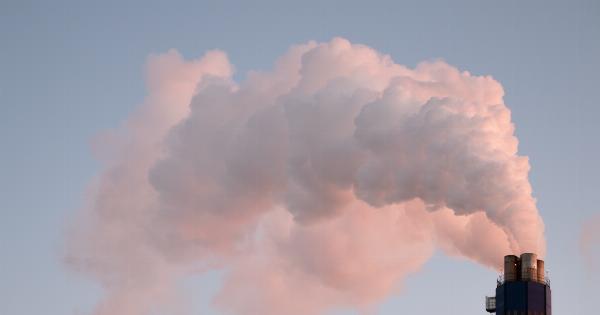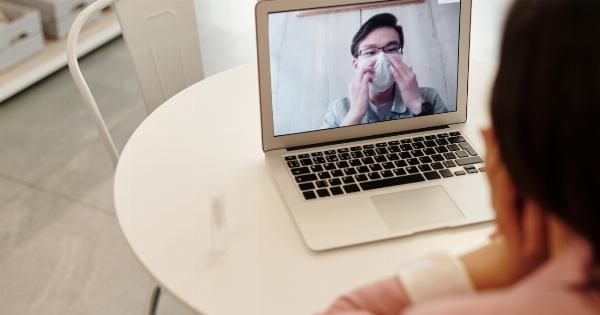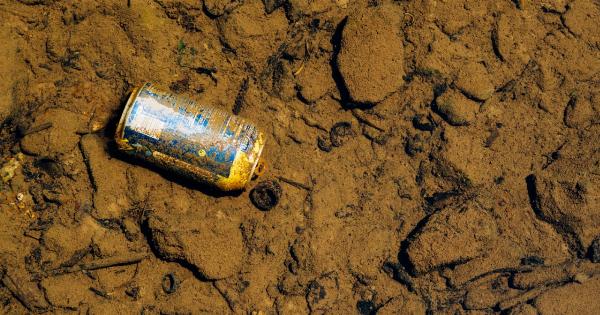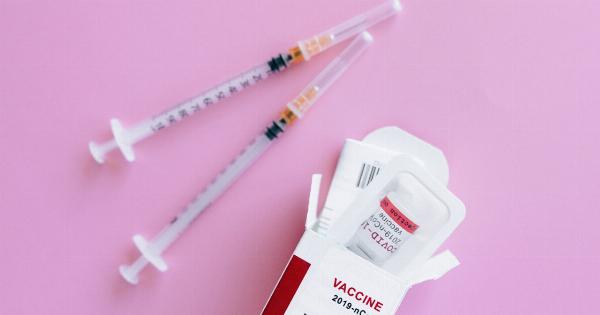Air pollution is a major concern for public health.
It is caused by the presence of harmful particles and gases in the air that we breathe, which can lead to various health symptoms such as coughing, wheezing, shortness of breath, and in severe cases even lung cancer and heart disease. One way to treat the symptoms of air pollution exposure is through the use of lung-protective painkillers. These are a class of drugs that help reduce inflammation and protect the lungs from the harmful effects of air pollution.
What are Lung-protective Painkillers?
Lung-protective painkillers are medications that help protect the lungs from inflammation that can be caused by air pollution. They are a type of nonsteroidal anti-inflammatory drug (NSAID) and are often used to treat pain, fever, and inflammation.
These drugs work by reducing the production of prostaglandins, which are chemicals that cause inflammation in the body. By reducing inflammation in the lungs, these drugs help minimize the damage caused by air pollution and promote healing.
Examples of Lung-protective Painkillers
Some common examples of lung-protective painkillers include aspirin, ibuprofen, and naproxen. These drugs are sold under various brand names such as Bayer Aspirin, Advil, and Aleve.
While these drugs are available over-the-counter, it is important to talk to your doctor before taking them, especially if you have any pre-existing medical conditions or are taking other medications.
How do Lung-protective Painkillers Help Reduce Lung Inflammation?
Lung-protective painkillers work by inhibiting the production of prostaglandins. Prostaglandins are chemicals that are produced by cells in the body in response to injury or inflammation. They are responsible for causing inflammation, pain, and swelling.
When the body is exposed to air pollution, the particles and gases in the air can cause inflammation in the lungs. This can lead to coughing, wheezing, shortness of breath, and other respiratory symptoms. By reducing the production of prostaglandins, lung-protective painkillers help reduce inflammation in the lungs and promote healing.
Are Lung-protective Painkillers Safe?
While lung-protective painkillers are generally safe when taken as directed, they do have potential side effects. The most common side effects include stomach upset, ulcers, and bleeding in the stomach or intestine.
These drugs can also cause kidney damage, especially when taken in large doses or for long periods of time. If you experience any stomach pain, bloody stools, or black stools while taking these medications, it is important to seek medical attention immediately.
Can Lung-protective Painkillers Prevent Respiratory Illness?
Lung-protective painkillers can help reduce inflammation in the lungs and promote healing, but they cannot prevent respiratory illness entirely.
While these drugs can help manage the symptoms of air pollution exposure, it is important to take other steps to protect your lungs as well.
What Else can be done to Protect Lungs from Air Pollution?
In addition to taking lung-protective painkillers, there are other steps you can take to protect your lungs from the harmful effects of air pollution. These include:.
- Minimizing outside activities during times of high pollution
- Wearing a face mask when outside
- Keeping windows and doors closed to prevent pollution from entering the home
- Using an air purifier to clean the air indoors
- Quitting smoking and avoiding secondhand smoke
- Exercising regularly to maintain good lung health
Conclusion
Air pollution is a serious public health concern that can lead to a variety of respiratory symptoms and illnesses.
While lung-protective painkillers can help manage the symptoms of air pollution exposure, it is important to take other steps to protect your lungs as well. This includes minimizing outside activities during times of high pollution, wearing a face mask when outside, and using an air purifier to clean the air indoors.
By taking these steps, you can help reduce your risk of respiratory illness and promote good lung health.
